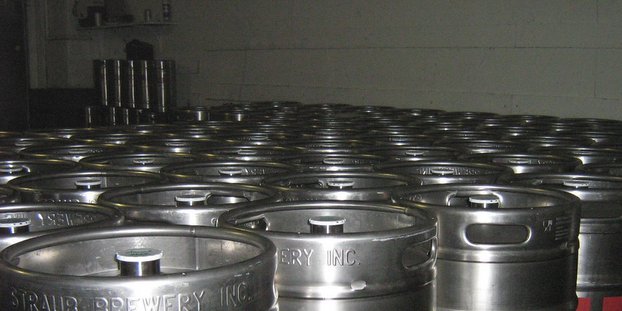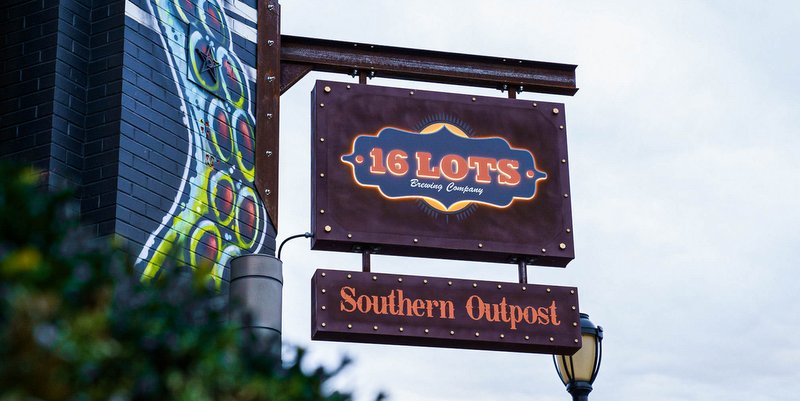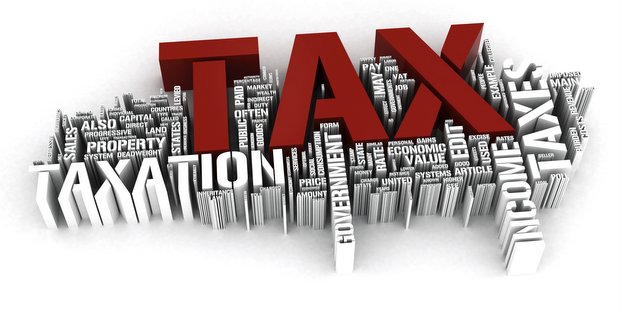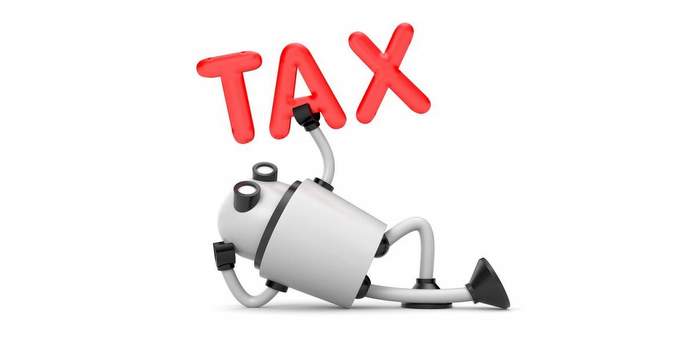Craft brewers are rule breakers, and it’s an ethos we encourage here at Craft Brewing Business. Well, except when it comes to those more official rules — the ones that deal with taxes and compliance and stuff. Those require some rule-abiding head nods.
Despite everyone’s best efforts, brewers encounter plenty of record-keeping and reporting miscues. Hey, it happens; this stuff is complicated. Luckily, the Alcohol and Tobacco Tax and Trade Bureau (TTB) is here to help. The group recently compiled an in-depth list of the most common compliance issues that cross their desks. The four main categories here are records, production and inventory, taxes, and reporting.
Now sit up, sharpen your No. 2 pencils and take a look at a sampling below.
Oh, and for some non-TTB advice, check out this tax advice from contributor Chris Farmand.

Records Issue
Daily Records of Operations
TTB auditors most frequently cite a brewer’s lack of, and inaccuracy of, records required under TTB regulations as the number one non-compliance issue. Under 27 CFR part 25, brewers must complete and maintain daily records and reports that capture information about brewery operations. These daily records must include:
- Each kind of material received and used in the production of beer;
- The amount of beer produced;
- Beer transferred for, and returned from, bottling and racking, or bottled, racked, or removed from the brewery;
- Beer removed for consumption or sale — For each removal, the record shows the date of removal, the person to whom the brewer shipped or delivered the beer, and the quantities of beer removed calculated in kegs and in bottles;
- Beer removed without payment of tax — For each removal, the record shows the date of removal, the person to whom the brewer shipped or delivered the beer, and the quantities of beer removed in kegs, bottles, tanks, tank cars, tank trucks, tank ships, barges, or deep tanks of vessels;
- Packaged beer used for laboratory samples at the brewery;
- Beer consumed at the brewery;
- Beer returned to the brewery from which it was originally removed or from another brewery that the brewer owns;
- Beer reconditioned, used as material, or destroyed;
- Beer received from other breweries or received from pilot brewing plants;
- Beer lost due to breakage, theft, casualty or other unusual cause;
- Brewing materials sold or transferred to pilot brewing plants (including the name and address of the person to whom it was shipped or delivered) and brewing materials used in the manufacture of wort, wort concentrate, malt syrup and malt extract for sale or removal;
- Record of tests of measuring devices; and
- Beer purchased from other brewers in the purchasing brewer’s barrels and kegs and such beer sold to other brewers.
All entries in the daily records must show the date of the operation or transaction, accurately and clearly reflect the details of each operation or transaction, and contain all data necessary to enable brewers to prepare summaries, reports, and returns. The records should verify removals of beer, verify claims, and confirm compliance with laws and regulations.
Got all that? There are a bunch of other records issues. Read them all here.

Production and Inventory Issue
Beer Returned to the Brewery
The aforementioned 27 CFR 25.211 authorizes brewers to return beer, which is produced in the United States and on which the brewer has paid or determined the tax, to any brewery that the brewer owns. When the brewer’s beer is returned to the premises, the brewer must determine the actual quantity of beer received, expressed in barrels, by:
- Referring to the label for cases or bottles;
- Weight or by other accurate means for kegs or cases containing less than the original contents;
- Balling and determining alcohol content of returned keg beer, unless the keg is equipped with tamper-proof fittings; or
- Weighing individual packages and subtracting package weight, or by weighing accumulated beer and subtracting tare weight of dumpsters, pallets, packages and the like.
For beer returned to the brewery, the brewer’s daily records must show:
- The date;
- The quantity of beer returned;
- If the title to the beer has passed, the name and address of the person returning the beer; and
- The name and address of the brewery from which the beer was removed, if different from the brewery to which returned.
Brewers need supporting records of returned beer, such as invoices, credit memoranda or other commercial papers. These records must differentiate between beer returned to the brewery from which it removed, and beer returned to a brewery different from the one from which a brewer removed it.
The TTB says brewers commonly fail to record and maintain the detailed information on returned beer required in 27 CFR 25.211; they commonly fail to determine the actual quantity of keg beer returned, or they fail to check the balling and alcohol content of returned kegs. The TTB has found many times that warehouse personnel handle, account for, and report returned beer without determining contents in the kegs, or the brewer estimates the amount of beer in returned kegs by unsound methods (for example, banging on the side of the tank to determine fluid level).
The brewer takes an offset for returned beer under 27 CFR 25.159 when it is not permissible. If tax-paid beer is returned and an offset is not permissible, the brewer must make the adjustment on the next Federal excise tax return (TTB F 5000.24).
For more common invetory-related mistakes, click here.

Tax Issue
Determination of Tax on Keg Beer, Bottled Beer and Rate of Tax
TTB auditors find that some brewers:
- Fail to record taxable removals;
- Fail to pay tax on removals of beer for promotional events and samples;
- Inappropriately record and pay tax on beer consumed at the taxpayer’s retail operations;
- Use incorrect conversion factors in calculating the barrel equivalent amounts for net removals or rounding each transactional amount to two decimal places instead of rounding to the required five decimal places. For example, brewers often use incorrect conversion factors for 12-ounce, 22-ounce and 750-ml bottle sizes, and 1/6 barrel kegs. 1/6 barrel kegs contain 5.16666 gallons, but brewers often use the conversion factor for a 5 gallon keg (0.16129); and
- Use incorrect computations. For example, some sales registers automatically and inappropriately round each transactional amount to two decimal points, so brewers must ensure that they convert all sales register transactions to five decimal points.
To avoid these issues, review 27 CFR 25.156, 27 CFR 25.158, and 27 CFR 25.151. These regulations provide the amount of tax and some of the barrel conversion factors. You must request the barrel equivalency from the NRC before removing beer in cases or container sizes that are not listed in 27 CFR 25.158.
The tax rate for beer removed for consumption or sale is $7 per barrel on the first 60,000 barrels, if the brewery produces less than 2 million barrels per year. Once the brewery meets the 60,000 barrel threshold in the calendar year, the tax rate for beer removed for consumption or sale is $18 per barrel.
When using the conversion factor to calculate barrel equivalent amounts, compute the total quantity to five decimal places, dropping any numbers after that decimal place.
Ugh. Taxes. More information if you need it.

Reporting Issues
Brewer’s Report of Operations
Below are the sections of the Brewer’s Report of Operations (BROP) where TTB finds errors most frequently:
- Line 2: Brewers fail to enter a correct amount for beer “produced by fermentation.” In this amount, brewers should not include beer they did not produce on their premises, such as beer they received from other breweries, beer in cellars, or beer returned to the brewery.
- Line 8: Brewers incorrectly report receipts of beer from other breweries that are not under the same ownership. This line is for beer returned to the brewery after removal from another brewery under the same ownership.
- Line 11: Brewers improperly use line 11 (physical inventory disclosed overage) and line 31 (physical inventory disclosed shortage) to balance an inventory discrepancy.
- Line 14: Brewers must enter taxable removals under line 14. This is a crucial amount because tax is determined on this amount. Brewers may not enter the difference between taxable removals and tax-paid or tax-determined beer returned to the brewery, which brewers must report on line 7, on this line.
- Line 15: Brewers often improperly report the “on premises” consumption amount (line 21) as a “tavern removal” amount under line 15. Brewers also fail to report transfers to the tavern appropriately on line 15b. “Tavern” means a portion of brewery premises where the brewer sells beer to consumers. Beer sold from a tavern is taxable. Beer consumed on premises without charge, for example in a tasting room, is not taxable.
- Line 16: Brewers who report beer removed without payment of tax for export often do not enter the correct amount of beer removed for export during the reporting period. In other cases, brewers improperly enter the difference between beer removed for export and beer that was exported and returned to the brewery.
- Line 18: Brewers may not estimate the amount of beer removed without payment of tax for use in research, development or testing. Brewers must ensure that all such removals from the brewery without payment of tax are accurately reported as exact amounts or TTB may treat the discrepancy as a taxable removal.
- Lines 30 and 31: Brewers often fail to report inventory shortages or they report inventory shortages incorrectly. Brewers reporting losses on the BROP must ensure that they report on inventory records the exact amount revealed when taking inventory. Some brewers confuse losses (such as losses occurring during cellar operations or theft), which they must report on line 30, with “Physical inventory disclosed as a shortage,” which they must report on line 31. Shortages are revealed when the inventory count is different from book inventory.
Brewers are not required to explain inventory shortages that occur during cellar operations under “Part 5 – Remarks.” However, as part of the brewer’s explanation required under “Part 5 – Remarks,” brewers must report whether the shortage of finished goods was in cans, bottles or kegs. Brewers who report shortages on line 31 must enter the amount in barrels, and not by package type (cans, bottles, or kegs).
Avoid any issues by reading over the other common errors at the TTB website. Go ahead and bookmark that page.





Trina Christensen liked this on Facebook.
Shade Tree Brewer liked this on Facebook.
If you thought running a brewery is simple…
RT @CraftBrewingBiz: Most common brewery compliance, tax issues http://t.co/d80JFQRuzb Great info from the TTB
Ryan Salisbury liked this on Facebook.
Jared Read liked this on Facebook.
Jaye Beattie liked this on Facebook.
RT @CraftBrewingBiz: Most common brewery compliance, tax issues http://t.co/d80JFQRuzb Great info from the TTB
RT @CraftBrewingBiz: Most common brewery compliance, tax issues http://t.co/d80JFQRuzb Great info from the TTB